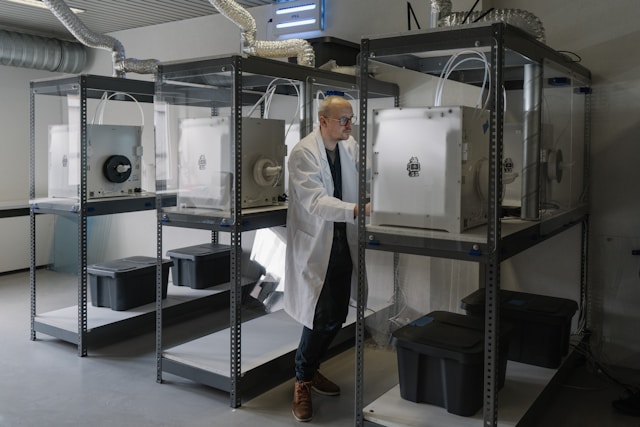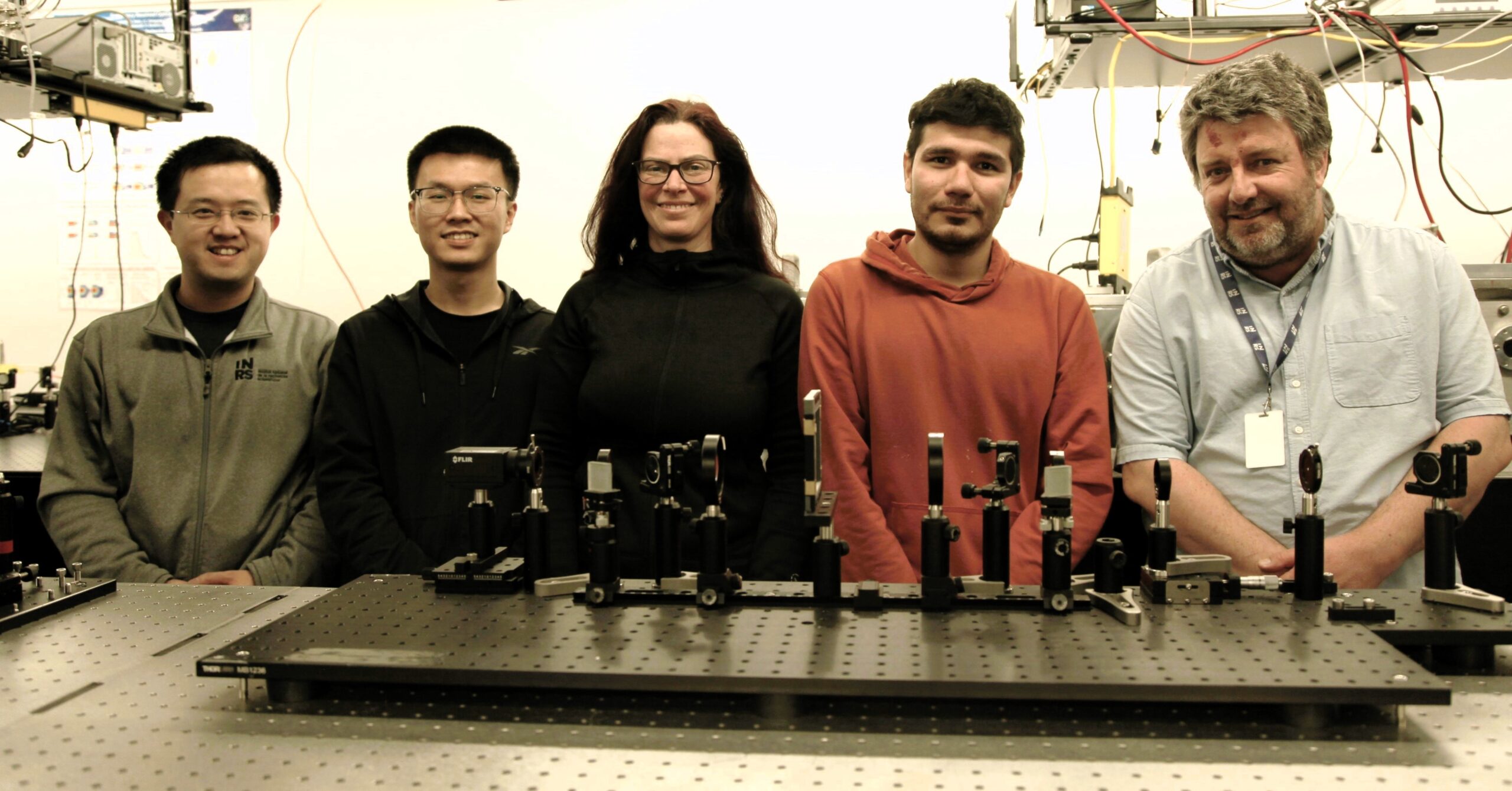Of all the technologies developed over the past century, 3D printing has become one of the most disruptive. From habitable houses to living tissue, it seems there are no limits to what 3D printing can do in the modern world. Now, researchers are looking to make “4D” printing an accessible reality.
Shape memory prints have long been at the forefront of many scientists across different fields. Printing objects that change their shape depending on factors like temperature, energy levels, or moisture holds remarkable potential that could revolutionize whole industries like healthcare, architecture, and aerospace in an unprecedented way.
This is the idea behind “4D printing”, creating prints that are able to morph their shape depending on external stimuli. While such printing capabilities already exist, widespread adoption and experimentation remain elusive due to the high costs associated with the materials.
Fortunately, researchers have recently found out that by using a resin vat and toluene at 70°c (158°f) to mix liquid crystals, a unique reaction takes place. When the toluene evaporates, the result is a resin capable of changing its shape depending on the temperature.
Not only is the new resin considerably cheaper to produce than other polymers used until now but it also proved extremely efficient when used to create smart structures. This occurs because the resin can change its shape when heated, only to regain its original post-print shape when cooled down.
As the researchers were able to create a mathematical model to predict the changes in shape the resin allows for, potential use cases were determined from the start. These include IoT devices like temperature and strain sensors, electrical circuits, biomedical devices, and many more.
The tests used a DLP resin 3d Printer, one of the most widely used 3D printing technologies in the market. This means the new resin has the potential to become mainstream thanks to the low cost of the resin itself and the printers needed to use it.
It is still unclear if the average 3D printing hobbyist will be becoming a “4D” printing hobbyist any time soon. However, this research breakthrough suggests that the commercial use of “4D” structures is closer than ever and no one can wait to see what is about to happen.







